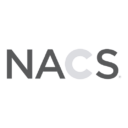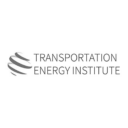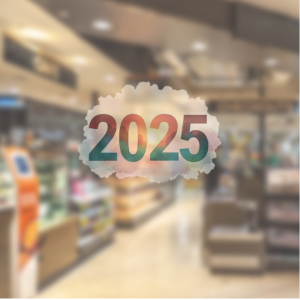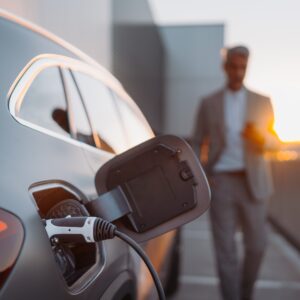
Insights
How should petroleum marketers plan remaining a relevant energy provider to consumers as drivers migrate to electric vehicles?

The Federal government and myriad states continue to plow forward in setting new laws and providing consumer incentives to push the market towards a critical mass of electric vehicles. For petroleum marketers, the change in how vehicles will “fuel” is a cause for transformation as well. Do petroleum marketers want to maintain their relationships with their current fuel customers and provide charging stations for them to continue to come to their sites? If so, how do they transition their offering to welcome electric vehicle drivers who will hang around sites longer and may have higher expectations of how they want to interact with a c-store?
Zach Pastko, Senior Consultant at W. Capra Consulting Group, shared, “EV and the surrounding considerations for a petroleum marketer will continue to lurk on the periphery, along with order ahead program enhancements, frictionless checkout, and everything else that 2022 will bring to the forefront. When speaking with clients, I urge them to think of situations where they were proactive and planned versus when they had to react and scramble. As you’re thinking about all the changes that may be on your technical roadmap, maintaining the relationship with customers as they shift to EV is critical.”
The ever-changing consumer
The COVID-19 pandemic has brought about rapid change in terms of how petroleum marketers interact with consumers. Electric vehicles and the duration of the charging process, coupled with the increasing variety of businesses that provide “fuel” (in this case, electricity), such as shopping malls and hotels, will also bring about immense change in how customers expect to interact with convenience and energy retailers. From food offerings to amenities and payment acceptance initiatives, it will become essential for these merchants to capitalize on those experiential elements that other retailers cannot provide.
Julia McDermott, Consultant at W. Capra, added, “I would caution sites not to think that what’s worked previously will keep working continuously into the future. Change is happening more quickly than ever before, and in addition to your tech roadmap embracing this rapid evolution and allowing ultimate flexibility in integrating new capabilities, you also need to think through how you want to maintain your relationship with and provide the best experience for your customers.”
Leader, follower, or challenger?
As with other innovation-based changes that come to market, there are many paths to adoption. Electric vehicle charging capabilities, implementation, and surrounding marketing initiatives offer a chance for petroleum marketers to take a stance in how and when they pursue these offerings. “Being proactive, thoughtful, and intentional in planning always serves to retain control over how you allocate your resources and budget. Going through a workshop now to determine how you want to think about electric vehicle charging will help inform longer-term plans,” Pastko added.
Zach Pastko and Julia McDermott are dedicated to assisting W. Capra clients with thinking through Electric Vehicle considerations and Petroleum Program Design/Operations. For further discussion, contact Zach Pastko at zpastko@wcapra.com or Julia McDermott at jmcdermott@wcapra.com.
Related Insights
The Cost of Poor Quality Assurance for Point-of-Sale and Back Office Systems in Petroleum Retail
Quality Assurance (QA) is vital to ensure that those who use the tool daily can replicate basic functions AND access the advanced technology and process automation they were promised during sales demos.
CSP Magazine – What C-Store Retailers Need to Do to Succeed in 2025
This article, by W. Capra’s Tom Newbould as a guest author, was published in the February 2025 edition of CSP […]
Navigating the Future of Electric Vehicles Amidst Administrative Change
As we bid farewell to 2024 and welcome 2025, the future of the electric vehicle (EV) market in the US […]
The Changing Role of the CIO
It used to be that a retailer’s chief information officer would spend most of his or her time concerned with […]
Want to stay in touch? Subscribe to the Newsletter











